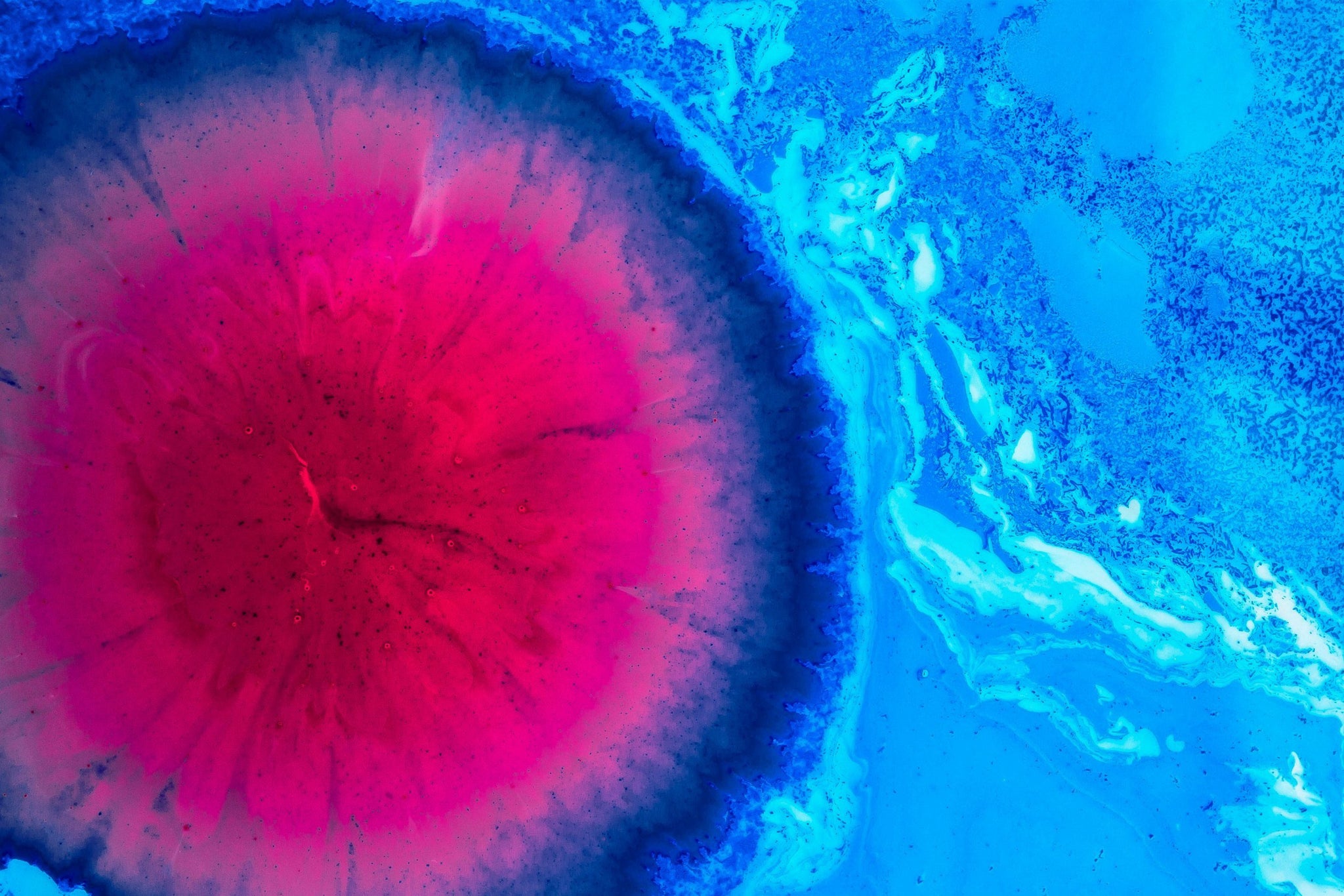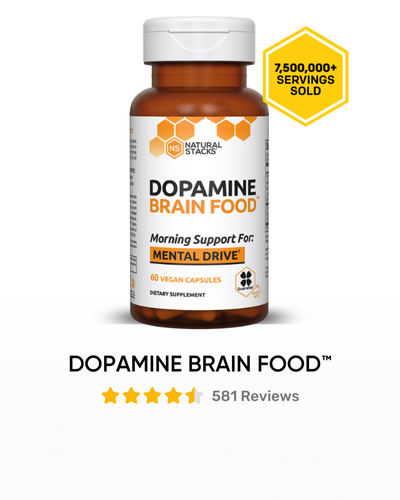GcMAF, Nagalese and Cancer

** The following is a guest post from Eric Remensperger, a cancer survivor who beat Stage IV metastatic Prostate Cancer without chemotherapy or radiation.
You can see Eric's interview on the Optimal Performance Podcast here.
This is not medical advice. This is the opinion of a cancer survivor. **
How Important are Nagalese Levels?
Perhaps one of the more controversial therapies in the context of alternative cancer treatments concerns GcMAF and nagalase levels.
GcMAF, an “immuno-stimulating factor”, is a modified version a vitamin-D binding protein (called “Gc globulin” or “Gc”). Gc protein has important physiological functions, including the transport and storage of vitamin D. MAFs (or “macrophage-activating factors”) are protein mediators produced by T-cells, which direct the immune system response by signaling between its cells. One of the functions of this immune response is to make macrophages cytotoxic to tumors.
Nagalese is an enzyme (its scientific name is “alpha-N-acetylgalactosaminidase”) which blocks the conversion of Gc protein into to GcMAF, thereby preventing the immune system from recognizing and destroying cancer cells.
Thus, elevated nagalase inhibits Gc from forming into GcMAF, which results in a significant decline in the immune system’s ability to address cancer.
There is some controversy surrounding direct supplementation of GcMAF, even though there is over a decade of clinical experience without any evidence of adverse effects from injection of this glycoprotein. Research papers have been published in highly respected mainstream journals such as Frontiers, the International Journal of Cancer Research and Treatment, the American Journal of Immunology and the Journal of Translational Oncology, on its efficacy.
Perhaps because of the controversy, GcMAF treatment is not available in the United States. However, clinical trials have been done indicating its efficacy in conjunction with other therapies in Europe. See, e.g., “Oleic Acid, Deglycosylated Vitamin D-Binding Protein, Nitric Oxide: a Molecular Triad Made Lethal to Cancer” Ruggiero, Ward, Smith, et. al. (Anticancer Research 34:3569-3678, 2014), a study looking at the use of both GcMAF and Oleic Acid to reduce cancer cell proliferation. It found a synergistic effect of combining these therapies for patients with advanced cancer (along with some dietary interventions supporting the anti-cancer effects of the Oleic Acid protein complexes), finding a 25% decrease in tumor volume.
I have found a two therapies that target the conversion of Gc to GcMAF and nagalese levels that are available here in the United States:
-
The first is “Salicinium” (from a company called Phyto-Nutriceutical). Salicinuium is a composite glycome molecule that uses the glycolytic pathway (and cancer cells’ need for glucose) to both terminate lactate production and reduce nagalase levels. Salicinium prevents dismutation through NAD interference. This treatment protocol involves daily I.V. administration over a three-week period (5 days per week with oral dosage on weekends). It can be used with chemotherapy, radiation treatment and insulin potentiation therapy. However, while on this treatment all oxidative therapies, anti-angiogenesis agents must be discontinued, as well as any therapies which create peroxide (high-dose vitamin C, hydrogen peroxide and Artesunate/artemisinin).
- An all-natural alternative to Salicinium is Bravo Yogurt, which is a mixture of colostrum and the 42 strains of probiotics designed to make GcMAF in the gut. It requires some work, as it is made at home using milk (I use goat’s milk myself). It can be ingested, and, in my case, put into the colon after a coffee enema.
For various types of tumors different levels of nagalase are found. The secretory capacity of individual tumors vary depending upon size, staging and the degree of.
Nagalese levels as a cancer marker
Since nagalase activity is directly proportional to tumor burden, and its half-life is less than 24 hours, testing levels provides a marker for determining disease progression and impact of therapeutic protocols.
Testing is available from Redlabs in Belgium and ELN in Holland.
Since it can take more than a month to get the results, it is suggested that you take a blood test prior to commencing use of a therapy (e.g., Bravo Yogurt) and again 8 weeks into therapy.
A drop in nagalase levels indicates that it is having the intended effect. While everyone’s results will be different, the goal is to get nagalase levels blow 0.65 nmol/min/mg.










